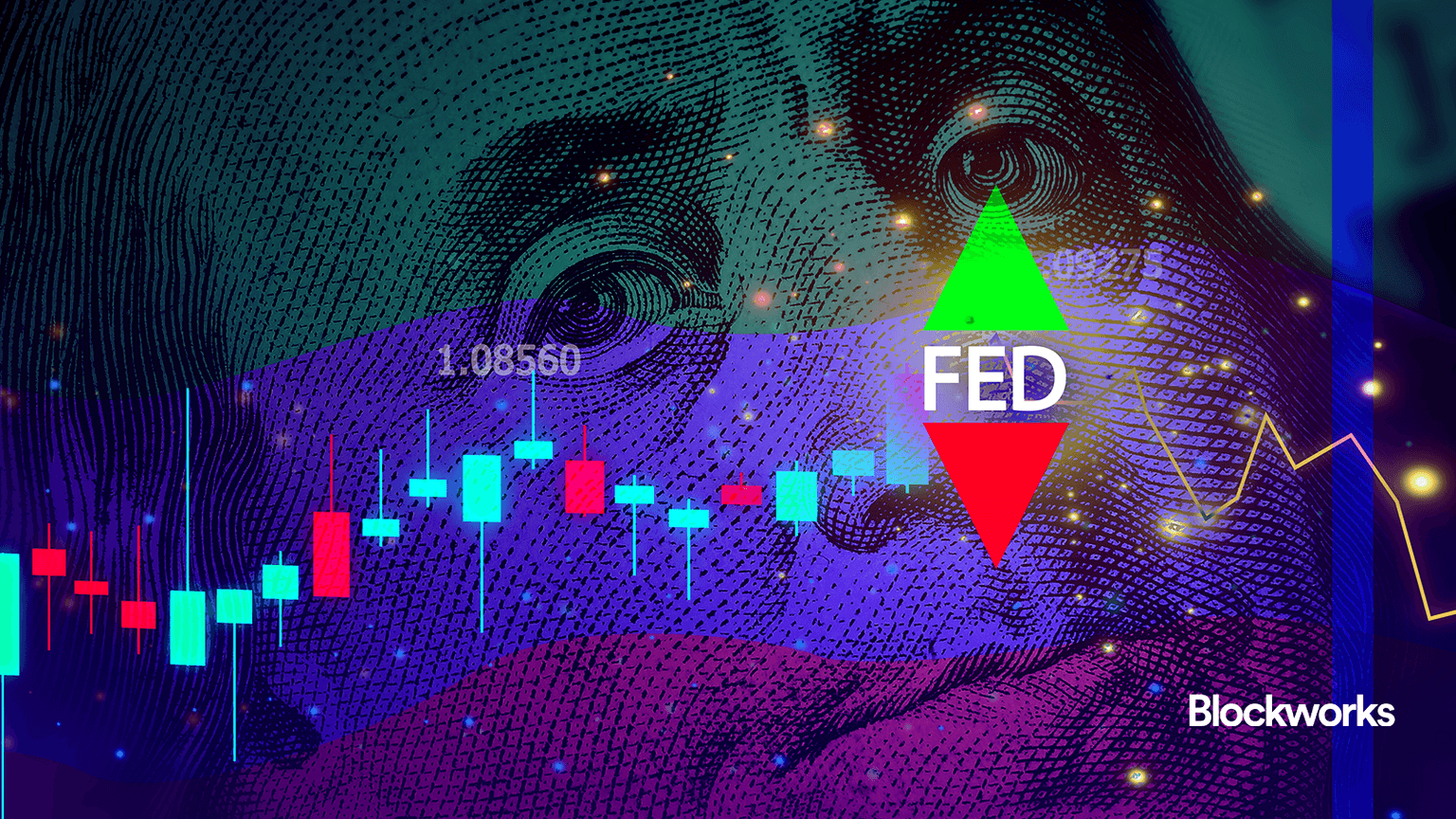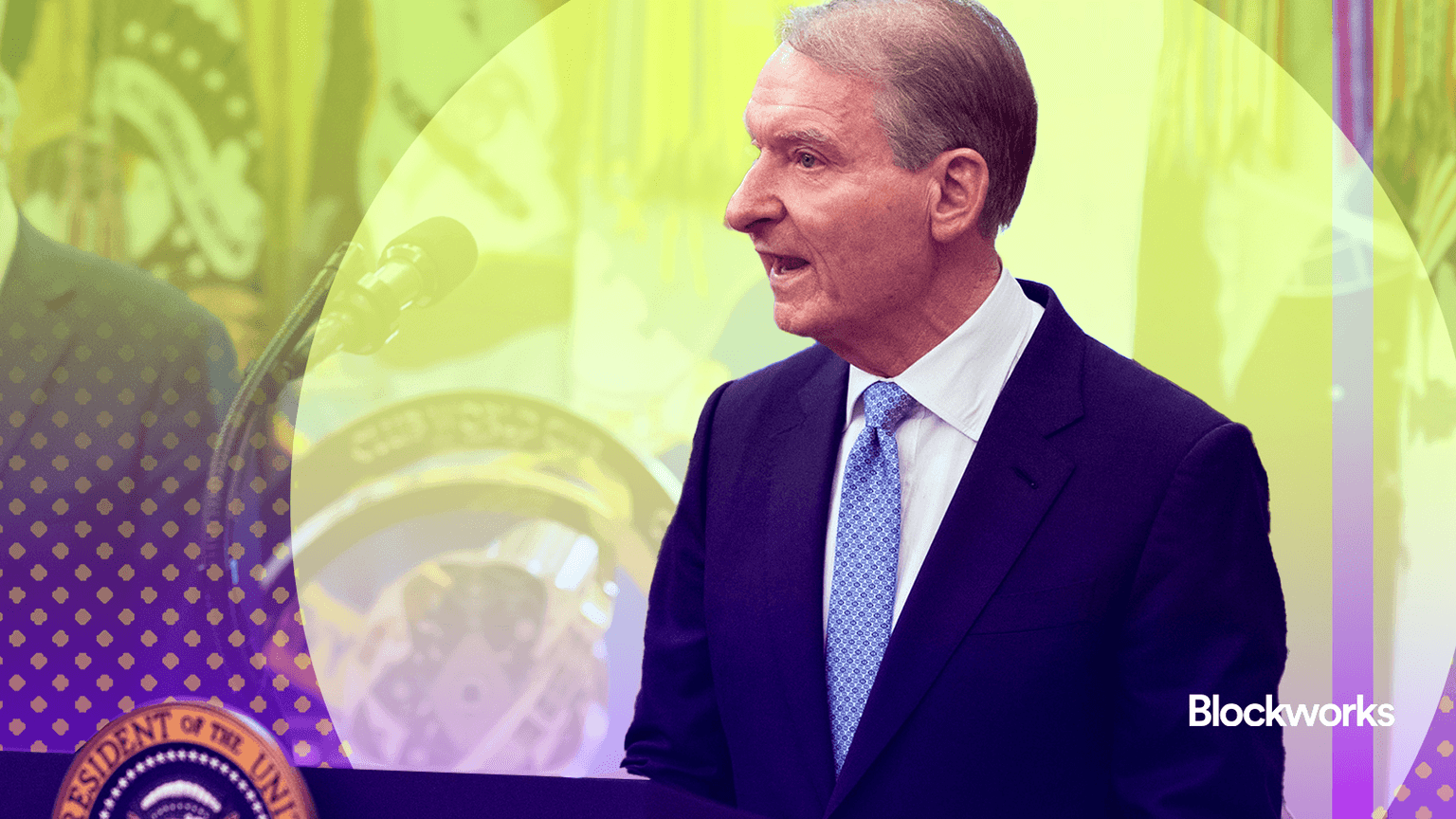Are stablecoins the next great acceleration of money?
From bank porters to stablecoins, the history of money is a story of acceleration

Artwork by Crystal Le
This is a segment from The Breakdown newsletter. To read full editions, subscribe.
“The money supply is the blood of the economic body; when it flows freely, the economy prospers.”
— Irving Fisher
In New York City, paying by check first became commonplace in the booming economy of the 1840s.
This was a major financial innovation: Instead of walking out of the bank with a satchel of borrowed cash to pay for, say, a steamer full of Southern cotton at the docks, a merchant could have a loan credited to a checking account and then settle his purchases with a few strokes of the pen.
As banking expanded and commerce sped up, checks offered a safer, faster way to move money through the city.
But the money did still have to be physically moved around.
Unlike today, banks did not unquestionably accept each other’s bank notes at face value.
Instead, payments between banks were settled in “specie” (gold coins, usually), which had to be shuttled back and forth across the city according to who had paid whom.
To do so, each bank employed a porter whose job it was to settle the transactions the bank’s depositors had made with checks.
Every day, the city’s 50 or so bank porters would set out with a ledger book, checks their bank had received and bags of gold coins.
Their job was to visit the city’s 49 other banks, present their checks for payment and collect any checks drawn on their own bank.
If the value of the checks they presented was greater than what they had received, they collected the difference in gold — or paid it out of their bag if the balance went the other way.
This system worked well enough when there were only a handful of banks in the city, but by 1850 there were too many of them for porters to both travel to and settle accounts within a single day.
So New York’s banks agreed to continue exchanging checks daily but to settle accounts in specie only once a week.
Friday mornings, the porters would gather on Wall Street (outdoors) to exchange gold coins and close the books on the week.
As a history of New York banking later explained with an illustrative example, however, this was no easy task:
“Thomas had left a bag of specie at John’s bank to settle a balance, which was due from William’s Bank to Robert’s; but Robert’s bank owed twice as much to John’s. What had become of that? Then Alexander owed Robert also, and William was indebted to Alexander. Peter then said that he had paid Robert by a draft from James, which he, James, had received from Alfred on Alexander’s account. That, however, had settled only half the debt. A quarter of the remainder was cancelled by a bag of coin, which Samuel had handed over to Joseph, and he had transferred to David.”
“It is entirely safe to say that the Presidents and Cashiers of the banks themselves could not have untangled this medley,” the author concluded.
But not for long: The untangling of said medley was the next great innovation in moving money around.
In 1853, the New York Clearing House was established, after which banks settled their accounts “multilaterally” — each bank settling with the Clearing House instead of with each other.
This is a much better way to do business: fewer messengers, fewer mistakes and far less gold to lug around (and get lost or stolen).
“In one case,” the banking historian noted, “a bank which had debit charges footing up $6,180,000 had to pay merely $167.31.”
At first, that remaining balance would still be settled in specie, so the city’s porters stayed busy.
But this soon changed as banks began leaving their gold on deposit with the Clearing House in return for “specie certificates” — paper receipts backed by gold, which could be used to settle debts without moving the metal itself (an early form of ETF, basically).
This was more than just a way to make life easier for banks, however.
Each innovation in payments — from checks to clearing houses to specie certificates — helped money move faster through the system, accelerating commerce for everyone.
That’s important because when money flows freely, economies prosper — the faster banks settle, the faster they can start lending again.
Checks were faster than cash, clearinghouses were faster than porters and specie certificates were faster than gold coins — and each made the economy run faster, too.
Money has since gotten even faster, of course.
Today, innovations like Fedwire and CHIPS move trillions of dollars a day with no gold coins, no bank porters and barely any delay.
But as fast as money moves now, there’s no reason to think it can’t move faster — the history of banking suggests there’s always a better way.
Increasingly, people think that way might be stablecoins.
CHIPS and Fedwire allow near-instant settlement, but only within a narrow circle of regulated financial institutions and only during regular US business hours.
Stablecoins have the potential to remove these frictions.
Anyone can move digital dollars — globally, 24/7 and permissionlessly — without waiting for a bank to approve the transaction, a clearinghouse to open or a central bank to update its spreadsheets.
In the US, digital dollars have so far been used mostly to facilitate the 24/7 market in crypto trading, which, on its own, isn’t much of a breakthrough.
But news that Walmart and Amazon are both considering issuing store-branded stablecoins hints at something much bigger.
If stablecoins were to gain traction in everyday commerce, it might represent the next evolutionary step in payments: a dollar that not only moves faster than ever before, but moves more often, in more places, by more people.
We’d all stand to benefit — because when money moves faster, everything else does too.
Get the news in your inbox. Explore Blockworks newsletters:
- The Breakdown: Decoding crypto and the markets. Daily.
- 0xResearch: Alpha in your inbox. Think like an analyst.






